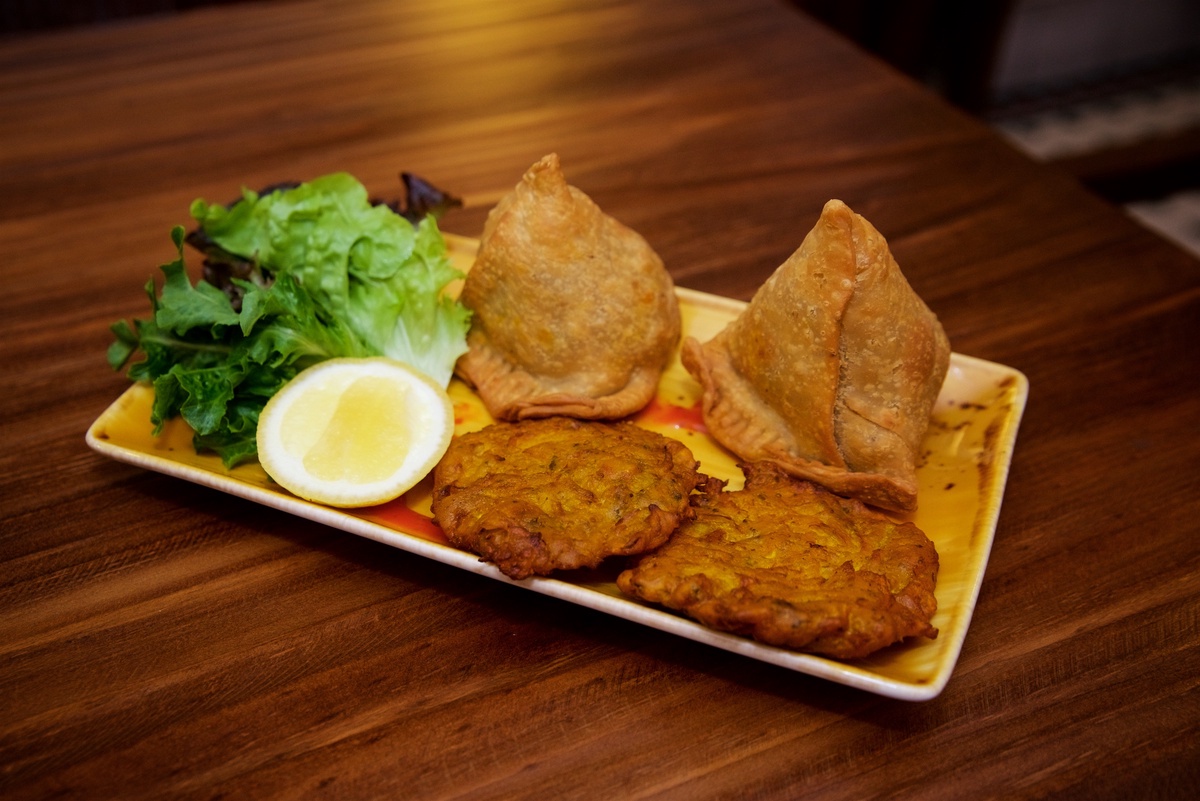Indian food is celebrated worldwide for its rich flavours, aromatic spices, and diverse culinary traditions. However, it's a common misconception that Indian cuisine is inherently unhealthy due to its association with rich sauces, deep-fried dishes, and excessive use of oil and ghee. You can use a wealth of nutrient-dense foods and cooking methods in Indian cuisine to make tasty, healthful meals. In this article, we'll explore some tips and tricks for preparing wholesome Indian dishes that are nutritious and bursting with flavour.
The Essence of Indian Cuisine
Indian cuisine uses various spices, herbs, legumes, grains, and vegetables. In addition to providing many health advantages, these ingredients provide meals depth and complexity. Spices like turmeric, cumin, coriander, and ginger are flavorful and possess anti-inflammatory and antioxidant properties. Lentils, chickpeas, and other pulses are rich in protein, fibre, and essential nutrient sources. Fresh vegetables like spinach, eggplant, cauliflower, and tomatoes are staples in many Indian recipes, providing vitamins, minerals, and dietary fibre.
Embrace Whole Grains
In traditional Indian cooking, whole grains such as brown rice, wheat flour, millet, and quinoa are frequently used. Compared to refined grains, these grains have a lower glycemic index and are higher in fiber, vitamins, and minerals. Opting for whole grains enhances the nutritional profile of your dishes, helps regulate blood sugar levels, and promotes digestive health. Experiment with different grains to add variety to your meals and discover new flavours and textures.
Mindful Use of Fats
While Indian cuisine does utilise fats like oil and ghee for cooking, it's essential to use them in moderation. Choose heart-healthy oils like olive, mustard, or coconut oils, and use them sparingly. Alternatively, you can reduce the oil used in recipes by incorporating cooking techniques such as sautéing with water or broth, baking, grilling, or steaming. Additionally, opt for lean cuts of meat or substitute with plant-based protein sources like tofu, tempeh, or legumes to reduce saturated fat intake.
Focus on Fresh Ingredients
One of the keys to healthy Indian cooking is using fresh, seasonal ingredients. Visit your local farmers' market or grocery store to source the freshest produce. Fresh vegetables, fruits, and herbs taste better and retain more nutrients than their canned or processed counterparts. Experiment with different combinations of seasonal ingredients to create vibrant and flavorful dishes that showcase the best of each season.
Balance Flavors and Textures
Indian cuisine is known for its harmonious blend of sweet, sour, spicy, and savoury flavours and various textures ranging from creamy to crunchy. Achieving the right balance of flavours and textures is crucial to creating satisfying and well-rounded meals. Use spices judiciously to add depth and complexity to your dishes, and don't shy away from incorporating tangy ingredients like tamarind, lemon, or yoghurt to brighten up flavours. Try various cooking techniques and processes, such as pressure cooking, stir-frying, or slow cooking, to get the right textures.
Incorporate More Plant-Based Foods
Vegetarianism and veganism have a long history in Indian culture, and plant-based dishes are integral to the cuisine. Embrace the abundance of plant-based ingredients in Indian cooking, such as lentils, beans, vegetables, and tofu, to create delicious and nutritious meals packed with protein, fibre, and vitamins. Explore traditional vegetarian and vegan recipes like dal (lentil curry), sabzi (vegetable stir-fry), and chana masala (spiced chickpea curry) for satisfying meatless options that don't compromise on flavour or nutrition.
Practice Portion Control
In addition to choosing nutrient-dense ingredients and cooking methods, practising portion control is essential for maintaining a balanced diet. Indian cuisine often features communal eating where multiple dishes are served family-style. Large amounts may be enticing, but watch how much you serve yourself to prevent overindulging. Your meal should have half vegetables, 25% protein-rich items (such as chicken or lentils), and the remaining portion should consist of whole grains or starchy vegetables (such as potatoes).
Healthy Indian cooking balances nutritious ingredients, mindful cooking techniques, and vibrant flavours. By embracing whole grains, fresh produce, lean meats, and plant-based foods, you can prepare tasty and healthful meals that satisfy your palate and fuel your body. Try various recipes, spices, and ingredients to uncover the countless options for creating nutritious Indian food. The health advantages and culinary delights of Indian cuisine can be fully savoured with a little imagination and attention to high-quality components.


No comments yet